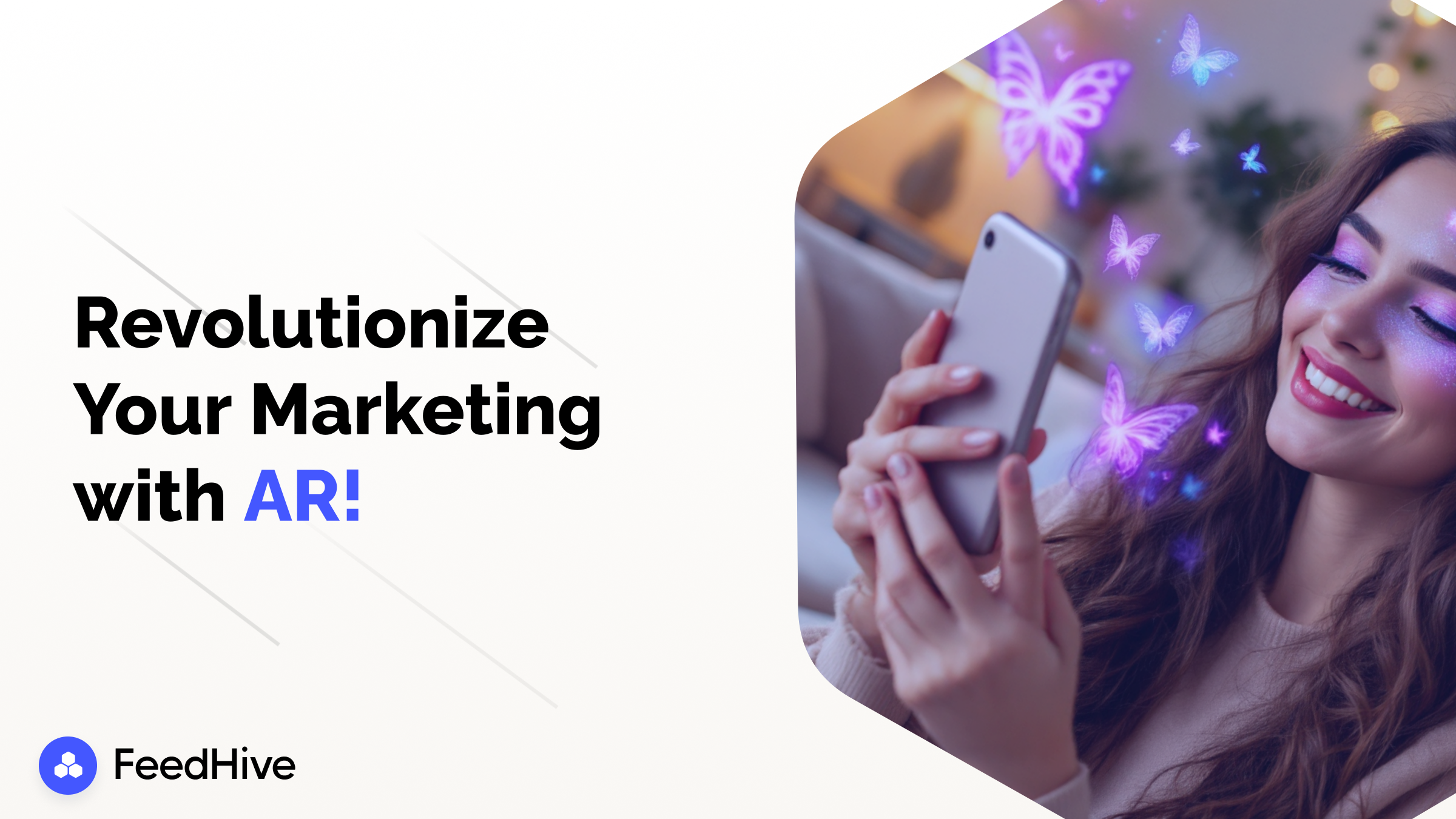
In today's fast-paced digital environment, augmented reality (AR) has emerged as a game changer in social media marketing by enabling brands to create immersive, interactive experiences that resonate deeply with modern consumers. AR is not just a novelty—it's a powerful tool that can bring products and services to life, engage audiences in novel ways, and ultimately enhance brand loyalty.
Augmented Reality is transforming how brands communicate with consumers. By overlaying digital elements on the physical world, AR offers a unique opportunity for marketers to deliver content that is both engaging and memorable. This innovative technology has made its way onto popular social media platforms, where interactive experiences such as AR filters, virtual try-ons, and shoppable ads are now part of everyday consumer interactions.
Research highlights that AR revolutionizes social media marketing by providing immersive experiences that captivate audiences and bridge the gap between digital and physical interactions. As brands explore new ways to connect with their target demographic, AR serves as a potent medium to not only showcase products but also to build memorable brand narratives.
One of the most noticeable AR trends on social media is the surge of interactive filters. Platforms like Snapchat have popularized AR filters that allow users to add playful and branded visual effects to their images and videos. These filters help:
For example, brands like Taco Bell and Gatorade have successfully incorporated AR lenses to create engaging content that prompts users to interact, share, and spread the word. This type of visual storytelling, which leverages AR’s playful nature, transforms traditional advertising into a dynamic, participatory experience.
Several innovative campaigns demonstrate the potential of AR in social media marketing:
These case studies underline AR's potential to transform conventional marketing strategies by creating experiences that emphasize interaction, personalization, and real-time engagement.
Virtual try-ons represent one of the most significant advancements in AR technology, especially in industries like fashion and beauty. By allowing users to see how a product looks on them before purchasing, brands can reduce purchase hesitation and boost conversion rates. Notable examples include:
These virtual try-ons not only enhance user experience but also bridge the gap between the tangible and digital, transforming online shopping into an interactive and reliable process.
Successfully incorporating AR into your marketing strategy requires thoughtful planning and execution. Here are some strategies to consider:
By adopting these strategies, brands can create AR experiences that not only captivate but also convert casual browsers into loyal customers.
While AR offers tremendous opportunities, it also comes with its set of challenges that marketers must address:
By understanding these challenges and proactively strategizing around them, marketers can mitigate potential pitfalls while harnessing the full potential of AR.
The evolution of AR in social media is only just beginning. Looking forward, several trends are likely to shape the landscape:
Embracing these trends will be critical for brands seeking to stay ahead in a rapidly changing marketplace.
Augmented reality is more than just a buzzword—it's a transformative technology that bridges the digital and physical realms, creating immersive experiences that captivate and convert. By integrating AR into your social media marketing strategy, you not only enhance audience engagement but also build meaningful, lasting connections with your customers.
With thoughtful planning, a focus on user experience, and an eye on future trends, AR has the potential to become a cornerstone of modern brand strategy. As brands continue to experiment and innovate, AR will undoubtedly remain a key driver in enhancing online engagement and building strong brand loyalty in the years to come.